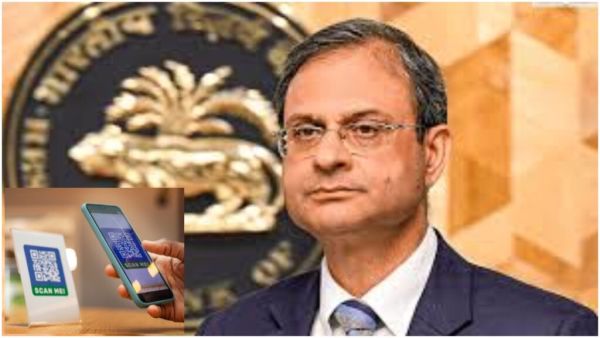
UPI transactions Levying Charges: The Reserve Bank of India (RBI) has indicated that the phase of free digital transactions in the country can now end. Unified Payments Interface (UPI), who has become the backbone of Digital India, may be making new records every month, but the RBI has become serious about the cost and increasing pressure on the infrastructure. RBI Governor Sanjay Malhotra has thrown light on many things, keeping the reason behind this possible change in an interview to Financial Express.
Governor Sanjay Malhotra said in the conversation, “Payment and money is a lifeline. We need a universal and skilled system. Currently there is no fee on UPI services. The government is giving subsidy to banks and other stakeholders,”
He further said, “Any important structure is meaningful only when it is benefited from it. If a service is to be made long -term, its cost should be paid either collectively or by the user.”
The UPI transaction level is steadily increasing, causing heavy pressure on its backnd infrastructure. This system is handled by banks, payment service providers and National Payments Corporation of India (NPCI). The governor said that it is not possible to maintain such a large -scale free service for a long time. Which can also cause trouble in the coming time.
Governor Malhotra made it clear that no fee is charged on UPI transactions, but the government is providing financial assistance to banks and companies to maintain this system. They believe that this model cannot run forever and the possibility of levying a fee on UPI in future cannot be ruled out.
If we look at the report of the last two years, the UPI transaction has doubled. Today, more than 600 million transactions are done through UPI. Due to the government’s Zero MDR policy, no fee is charged from the merchant class, due to which no revenue is being received. This is the reason that many experts associated with the industry keep calling this model unstable from time to time.